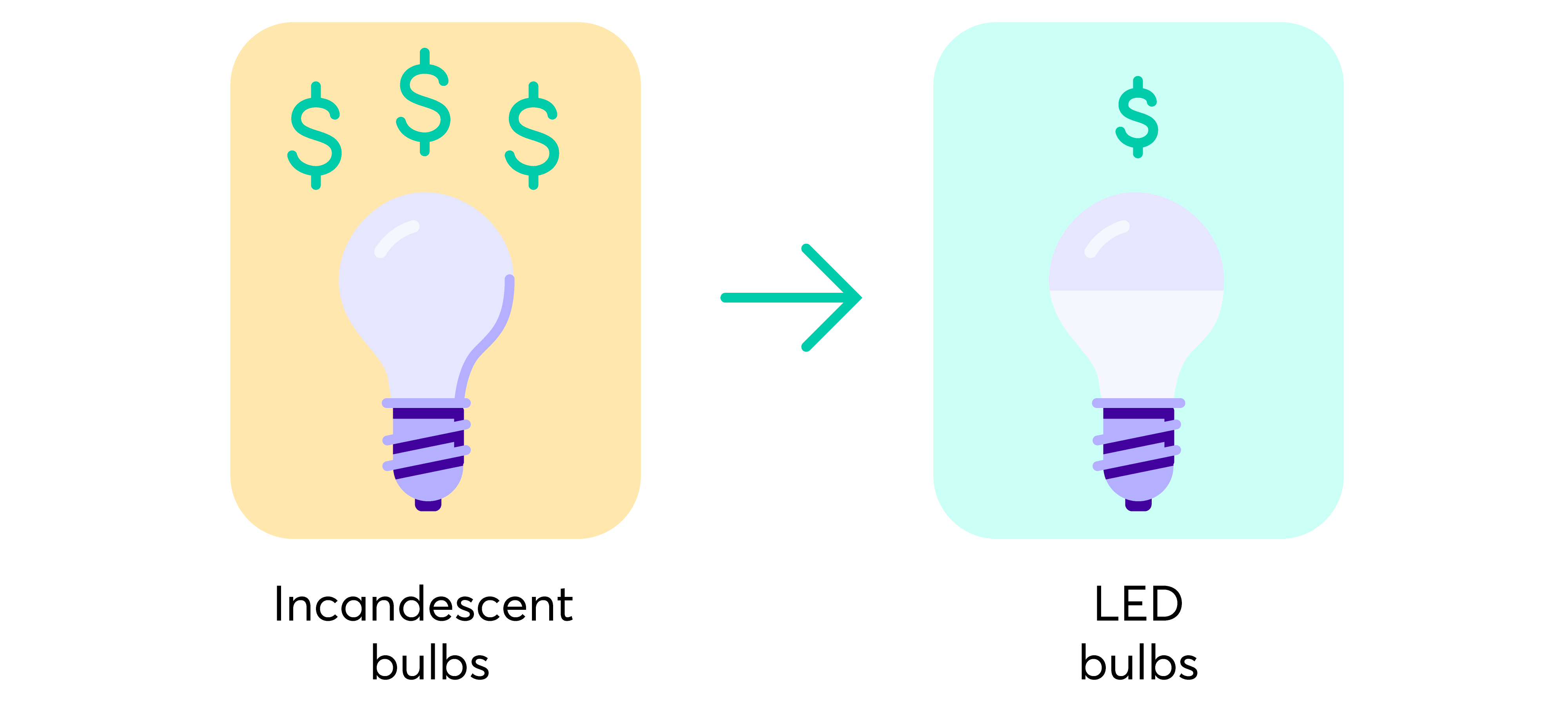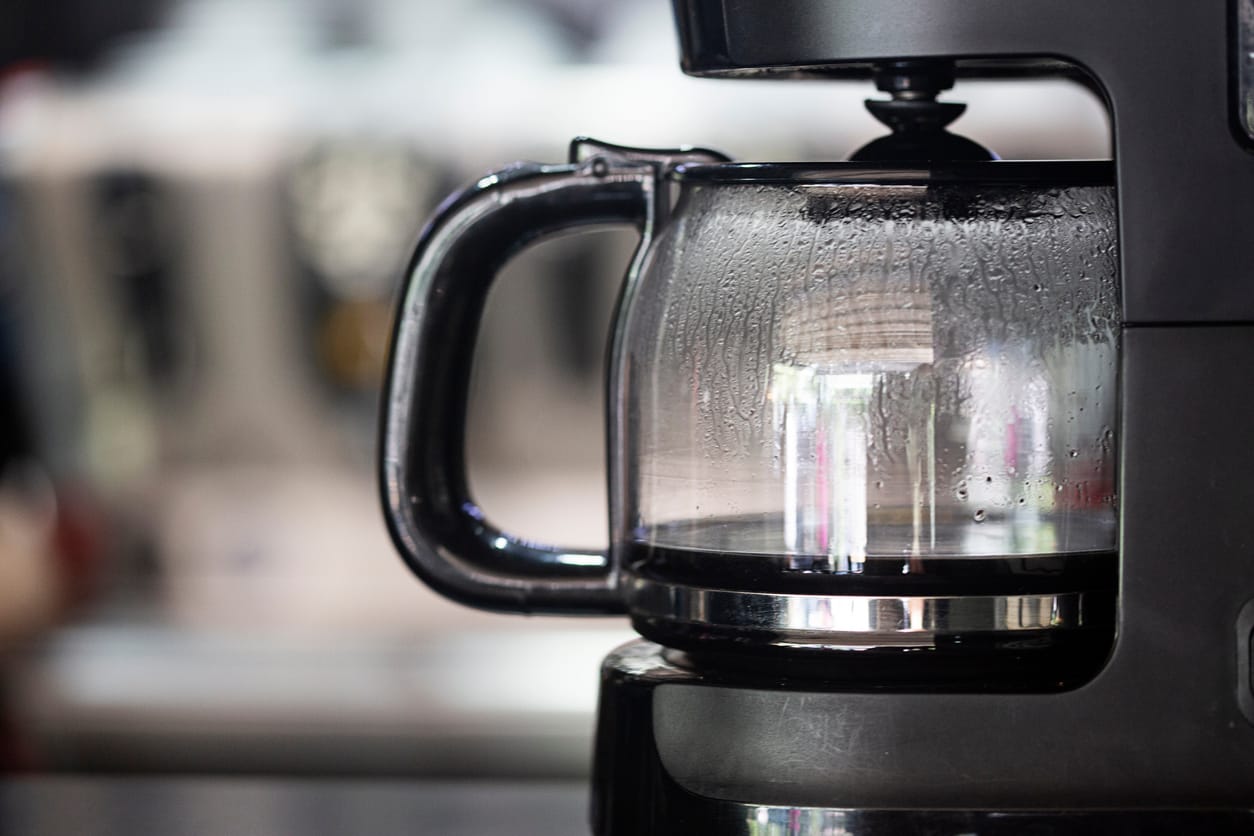When most people think about saving energy, they focus on the obvious: turning off lights, adjusting the thermostat, maybe switching to LED bulbs. But there’s a less visible side to energy usage—things quietly using electricity in the background, often without your knowledge.
At Rhythm, we believe you shouldn’t have to be an energy expert to cut waste. That’s why we’re shining a light on five of the most common hidden energy wasters found in modern homes, and how to stop them from sneaking onto your electricity bill.
1. Devices That Never Really Turn Off (Phantom Loads)

If something has a light that glows even when you're not using it—think TVs, game consoles, cable boxes, and even some coffee makers—it’s probably pulling energy 24/7. These are called phantom loads or standby power, and they can add up.
What to do:
Use smart power strips that automatically cut power to devices when not in use
Unplug rarely used electronics like guest room TVs or old DVD players
Group items on one switch so they can be easily powered down together
2. Old Appliances That Work Too Hard

That fridge in the garage? It’s probably working harder than it should to stay cold, especially if it’s older or not energy-efficient. Same goes for older dishwashers, washing machines, and dryers that weren’t built to today’s energy standards.
What to do:
Replace outdated appliances with ENERGY STAR® models if possible
Consolidate fridge or freezer storage to avoid running extra units
Keep coils and filters clean so appliances don’t use more energy than needed
3. Plugged-In Chargers That Are Always Drawing Power
Phone chargers, laptop adapters, and battery chargers still draw electricity even when your device isn’t connected. It’s not a huge amount on its own, but across a household, the wasted energy adds up over time.
What to do:
Unplug chargers when not in use
Use a central charging station that can be turned off with a single switch
Avoid leaving devices plugged in overnight once they’re fully charged
4. Poor Insulation and Air Leaks
This one isn’t a device, but it’s a major culprit in wasted energy. Drafty windows, unsealed doors, and under-insulated attics make your heating and cooling systems work overtime, especially in extreme weather.
What to do:
Seal gaps around windows and doors with weatherstripping or caulk
Use thermal curtains to reduce heat gain and loss
Consider an energy audit or infrared scan to find problem areas
5. Inefficient Lighting in Low-Traffic Areas

Still using incandescent bulbs in closets, laundry rooms, or hallways? These spots may not be in constant use, but old bulbs burn more energy than necessary—even for short bursts.
What to do:
Replace any remaining incandescent or CFL bulbs with LEDs
Use motion-sensor bulbs in spaces that don’t need to be lit constantly
Take inventory of bulb types throughout your home and upgrade where needed
Small Changes, Big Impact
You don’t have to overhaul your home to cut down on wasted energy. In fact, many of these fixes are low-cost or no-cost—and can start making a difference right away. At Rhythm, we’re not just here to supply electricity. We’re here to help you use less of it, keep more money in your pocket, and feel good about how your home runs.
The first step is awareness. The second is action. We’re here for both.
You might also find the following energy topics relevant:




